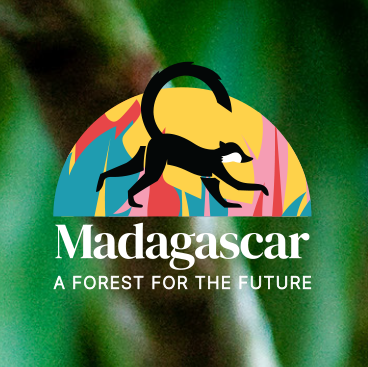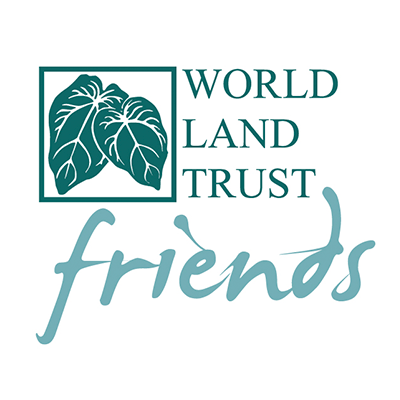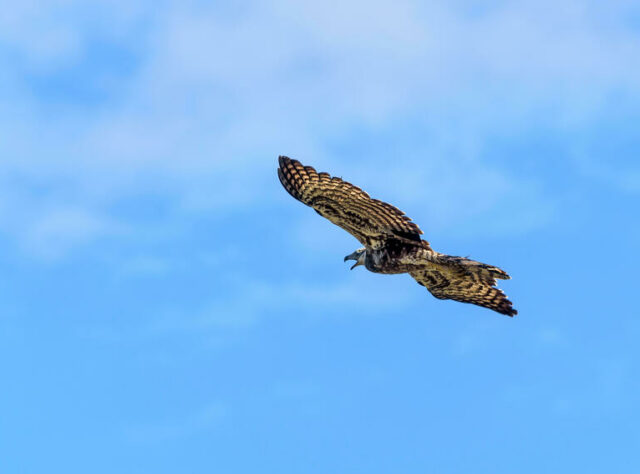
There are more than 50 recorded bird species in our Madagascar project area. Credit: BIOSPHOTO / Alamy Stock Photo
Did you know that 90% of the animals that live in Madagascar are found nowhere else in the world? This unique island is one of the most biodiverse places on earth, but after centuries of deforestation, its extraordinary wildlife is now under serious threat. Our latest appeal – Madagascar: A Forest for the Future – aims to preserve and restore the Ankarabolava-Agnakatrika Protected Area, and in doing so secure the habitat of the animals that live there.
While lemurs may be the most famous Madagascar residents, the forest is home to many more amazing species that deserve some time in the spotlight. From birds to mysterious amphibians and species that haven’t even yet been discovered, let us introduce you to some more marvels of this mysterious island.
The birds that soar above the trees
It’s not all about lemurs in Madagascar. Our project area is home to more than 50 recorded bird species that share the treetops with the lemurs and soar through the skies of the Ankarabolava-Agnakatrika forest.
This includes stunning, Henst’s Goshawk and the Madagascar Sparrowhawk, that are endemic to Madagascar.
Henst’s Goshawk
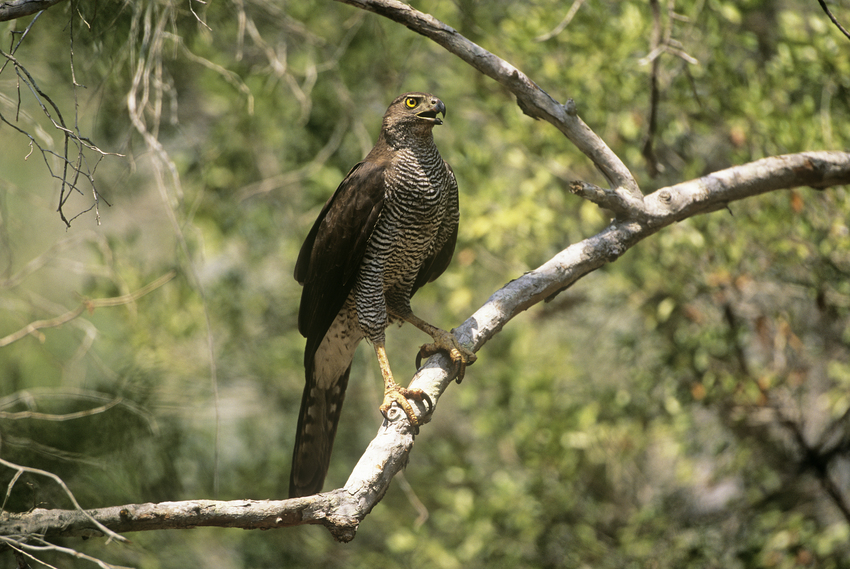
Henst’s Goswhawk in the treetops of Madagascar. Credit: Pete Oxford
Listed by the IUCN as Vulnerable, the Henst’s Goshawk is a large bird of prey best identified by the grey feathers on its back and crown, and a pattern of bars on its throat, breast and belly.
Henst’s Goshawk is reliant on a forest environment and travels great distances across Madagascar searching for hunting and nesting sites. As they traverse across the island, they take advantage of low light on the forest floor to ambush prey from above with their sharp talons and curved beak.
Although these birds have large home ranges and live in forests across the isalnd there are now thought to be fewer than 1,000 mature individuals left. Slash-and-burn methods of land clearing for agriculture and the continued threat of deforestation mean that this beautiful species is becoming ever more vulnerable to extinction.
Madagascar Sparrowhawk
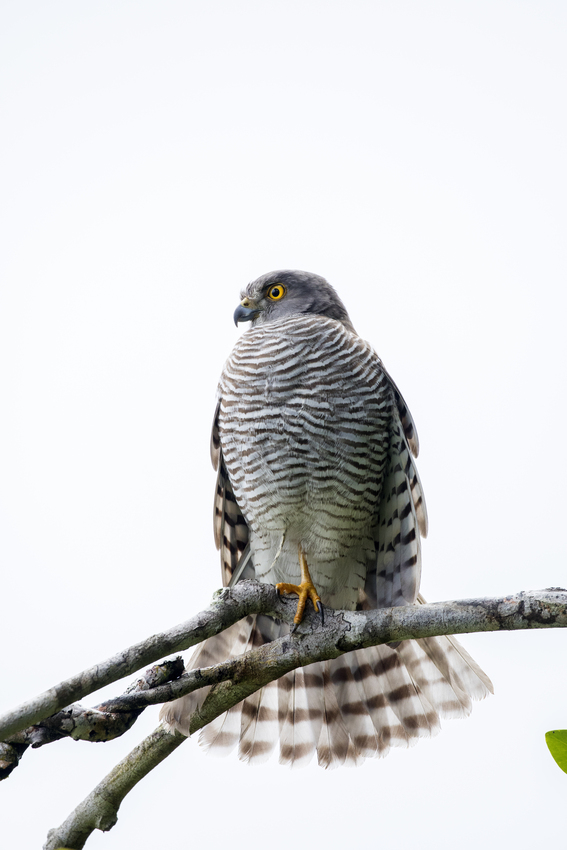
A Madagascar Sparrowhawk. Credit: David Pattyn
When glancing into the trees of the forest, the Madagascar Sparrowhawk appears very much like Henst’s Goswhawk in looks. Both are identified by their similar grey feather colouration and the barred pattern on their chests. Due to these similarities and its lack of a loud call, the Madagascar Sparrowhawk is easy to misidentify.
However, this medium bird of prey is smaller in size and known to nest between the highest branches of large trees. It hunts a diverse range of prey, including frogs, lizards, rodents, and turtles, but mainly small birds and insects make up most of its diet.
The Madagascar Sparrowhawk is currently listed as Near Threatened. The shy and quiet nature of this bird makes it difficult to accurately estimate their numbers, but they too are experiencing a decline in population and range due to the deforestation affecting Madagascar.
Much like Madagascar’s lemurs, both of these bird species rely upon the forest to live. The threats that jeopardise the Ankarabolava-Agnakatrika forest’s survival mean that these birds are at growing risk from extinction. With your support for our Forest for the Future appeal, we can protect their home and give them a chance to thrive.
New species waiting to be discovered
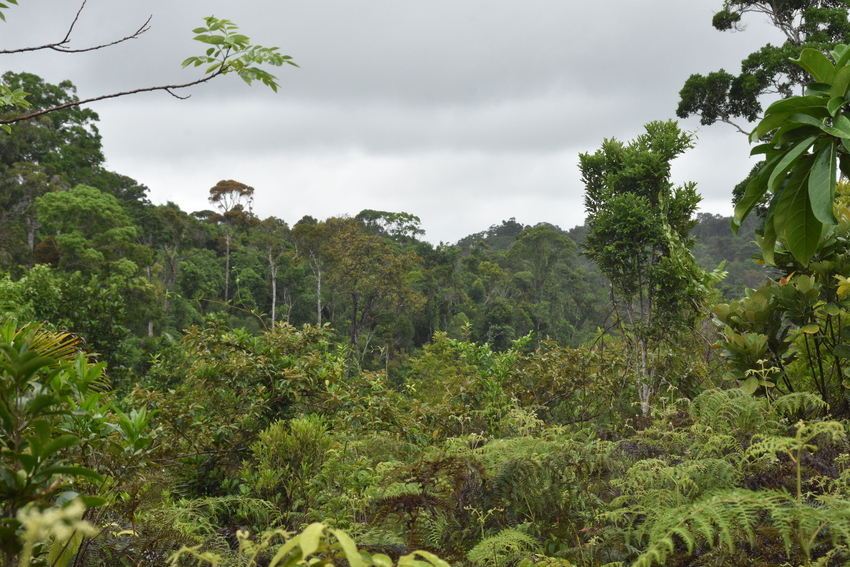
The Ankarabolava-Agnakatrika forest. Credit: Richard Cuthbert.
Along with the birds of the Ankarabolava-Agnakatrika forest, this habitat is home to at least nine amphibian and reptile species, not to mention countless animals that remain undiscovered by science. In fact, much of Madagascar’s flora and fauna are very poorly known.
As well as preserving the home of already-documented bird and lemur species, protecting this fragmented forest also gives our partner – Missouri Botanical Gardens Madagascar Programme (MBG-Madagascar) – the opportunity to continue observing and studying this area to learn more about the other elusive animals that live there.
Chris Birkinshaw, MBG-Madagascar’s Technical Advisor, says “there really is nowhere like Madagascar in terms of species discovery.” He describes each species in the forest as a work of art, each one connected within their ecosystem. In Chris’ words, “If we lose areas like Ankarabolava-Agnakatrika, species could be lost forever before being described,” and each lost species would be a “tragic waste.”
Together, we can make a tangible difference to the preservation of the Ankarabolava-Agnakatrika forest and prevent the loss of these species from happening.
